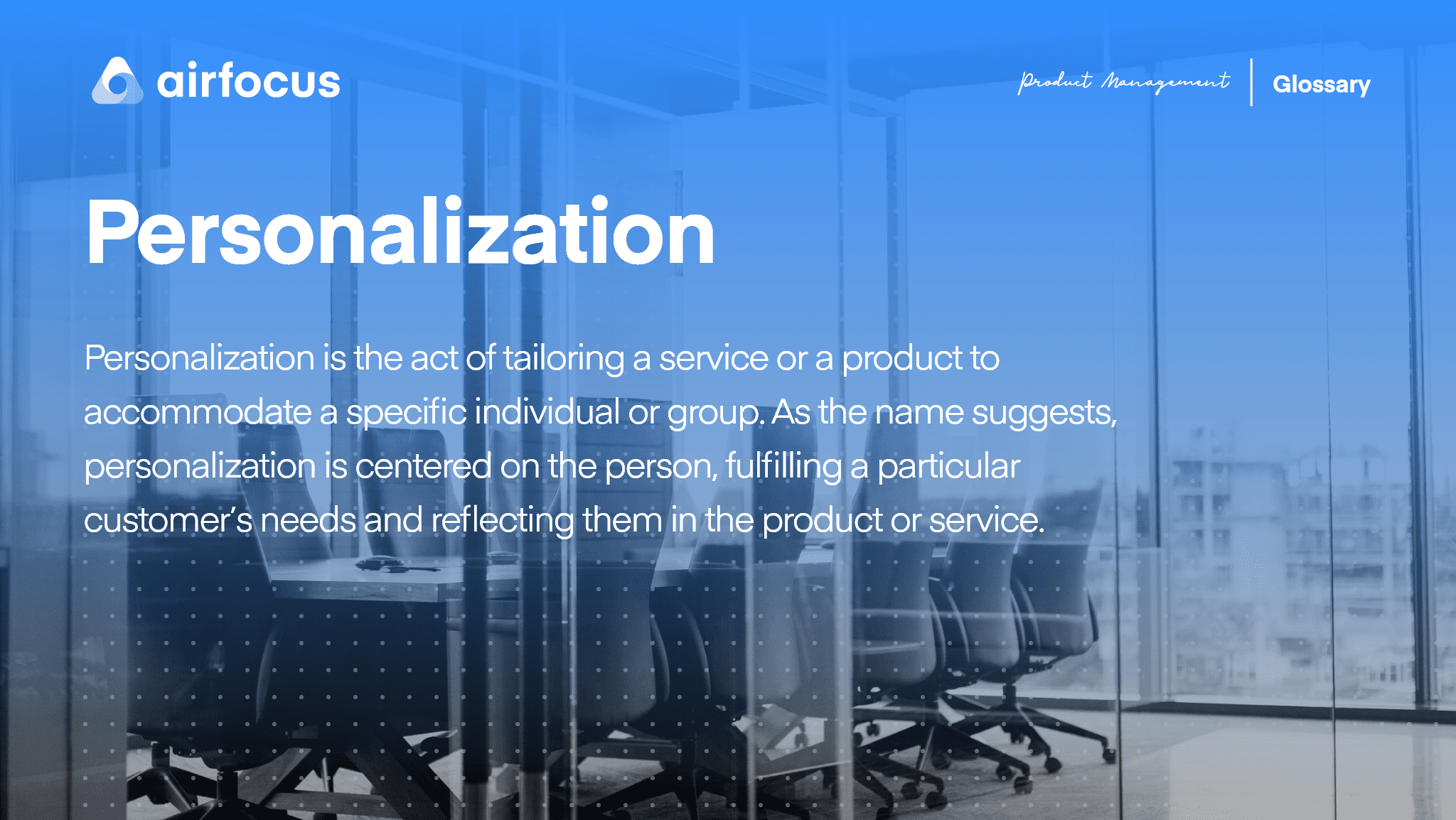Personalisation, personalisation, personalisation!
Sound familiar? Yes, at every CRO convention you’ve ever been to, right?! After all, personalisation has become one of the biggest and most discussed digital marketing trends in recent years.
Table of contents:
- 0.1 Great, now how should we go about it?
- 0.2 So, the customer gets a few extra emails. It’s not that bad, right?
- 1 “Both are excellent examples of identifying an opportunity to use information you have about a customer to improve their experience.”
- 2 “It is essential you do not lose your customers trust”
- 3 “So far, those businesses who have seen success with their personalisation strategy have been those that have strived to be creative with it.”
Great, now how should we go about it?
Well, let’s start by addressing the current state of play which, by and large, is not good. The number one issue I most often hear from consumers when asked about their thoughts on personalisation goes along the lines of:
“When will personalisation get to the point where it’s not annoying?”

The issue I see most commonly with what often passes for “personalisation” these days is that it becomes an umbrella term for – or used as a free pass – to send a torrent of additional marketing communication.
So, the customer gets a few extra emails. It’s not that bad, right?
Wrong. 41% of US consumers said they ditched a company because of “poor personalization and lack of trust”. Scaled up that’s a lot of money lost; $756 billion last year in lost retail and brand sales in the US alone, according to Accenture.
“Both are excellent examples of identifying an opportunity to use information you have about a customer to improve their experience.”
So how can we get it right without turning customers off?
There are some companies out there who are leading the market in innovative personalisation strategies and undoubtedly seeing the huge benefit continued investment in personalisation and a strong personalisation strategy can bring. Here are two of the best:
Sephora have nurtured an active on-line community which allows users to seek help and advice from other community members. Another successful strategy of theirs has been to use their email and digital channels to encourage their users to come into stores for free consultations.
Altogether, their strategies have helped Sephora reach #1 in the Sailthru retail personalisation index 2017.
Rent the Runway hit upon the idea of asking for a customer’s back-up size when ordering clothing. Much of their business comes from customers renting items for a special occasion and Rent the Runway realised that if the ordered item didn’t fit, there would likely not be enough time for the customer to reorder before the event, so asking for a back up size could help increase the likelihood of one of the garments fitting in time for the occasion.
Both are excellent examples of identifying an opportunity to use information you have about a customer to improve their experience.
So, if you’re thinking about getting started with or even reviewing your current personalisation strategy here are a few tips to keep in mind:
- Data collection – make it easy or (better yet) seamless.
- Its best to avoid, where possible, asking a user to fill in endless forms requesting all manner of personal information for the sole purpose of providing them with a “tailored experience”. Instead, think first about how you can leverage data you already have on file from their transaction history, other CRM data, or behavioural data captured from their site sessions. You’ll be surprised.
- If you have to ask for additional information make it quick and easy (even fun if you can) to provide and be really clear about how you’re intending to use it.
“It is essential you do not lose your customers trust”
Don’t be creepy
It is essential you do not lose your customers trust. Many online shoppers may be unaware of the level of information you collect and store about them, and how a good data scientist can infer likely preferences and behaviours. So be subtle in your execution and communication, don’t scare users with the depth of data you have on them.
You want your customers to feel pleased with the steps you are taking to try to make their experience easier, not afraid you’re about to steal their identity.
Be relevant
If you’re going to suggest product, get it right. Whether you’re using a third-party tool, your own dynamic recommendation tool or manually selecting the product you’re suggesting. Have processes in place to ensure the recommendations are, and continue to be, relevant and appropriate.
A sure-fire way to lose a customer’s faith and patience with your recommendations is to suggest something they have no desire or use for.
Less is more
It can be tempting to over communicate offers and recommendations looking for that incremental upsell but hounding your customers with communication after communication and spamming them through every channel will likely not have the desired outcome.
Keep frequency down; you want the recipient to feel that you are using their data to enhance their shopping experience, making it quicker and easier for them to get what they want and delighting them by suggesting products they love.
You don’t want them to feel like you are harassing them and punishing them for letting you collect their data.
“So far, those businesses who have seen success with their personalisation strategy have been those that have strived to be creative with it.”
Finally, be creative and experimental
Personalisation done well can help build stronger and more profitable relationships between business and customer. So far, those businesses who have seen success with their personalisation strategy have been those that have strived to be creative with it. Those that have shown understanding and respect for their customer’s end to end experience incorporating personalisation into that experience to improve it rather than bolting on additional marketing messages and communications.



![Implement this to your cart pages now [GUARANTEED INCREASE]](https://i.ytimg.com/vi/0nhykafrd_g/sddefault.jpg)
![Implement this to your cart pages now [GUARANTEED INCREASE]](https://i.ytimg.com/vi/DLwJ2jNSVYo/sddefault.jpg)


